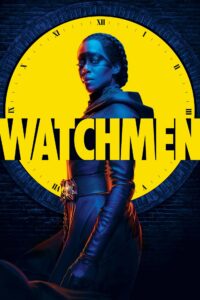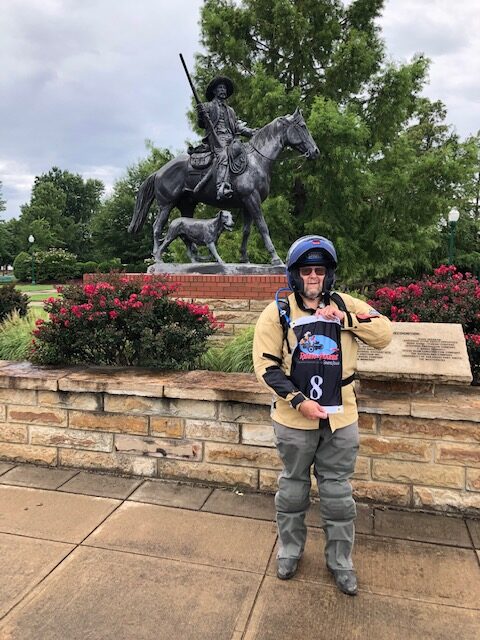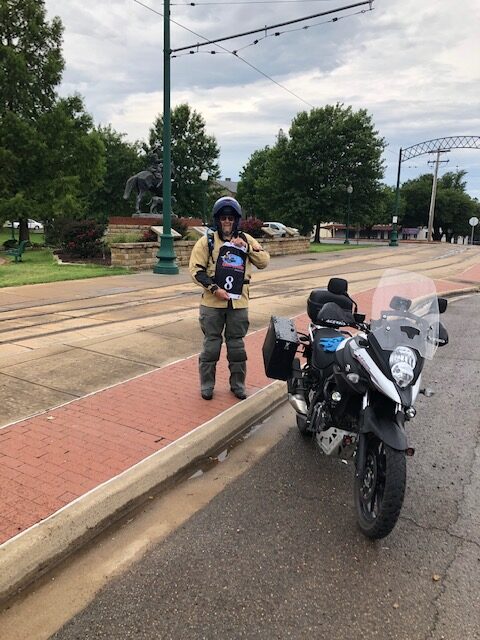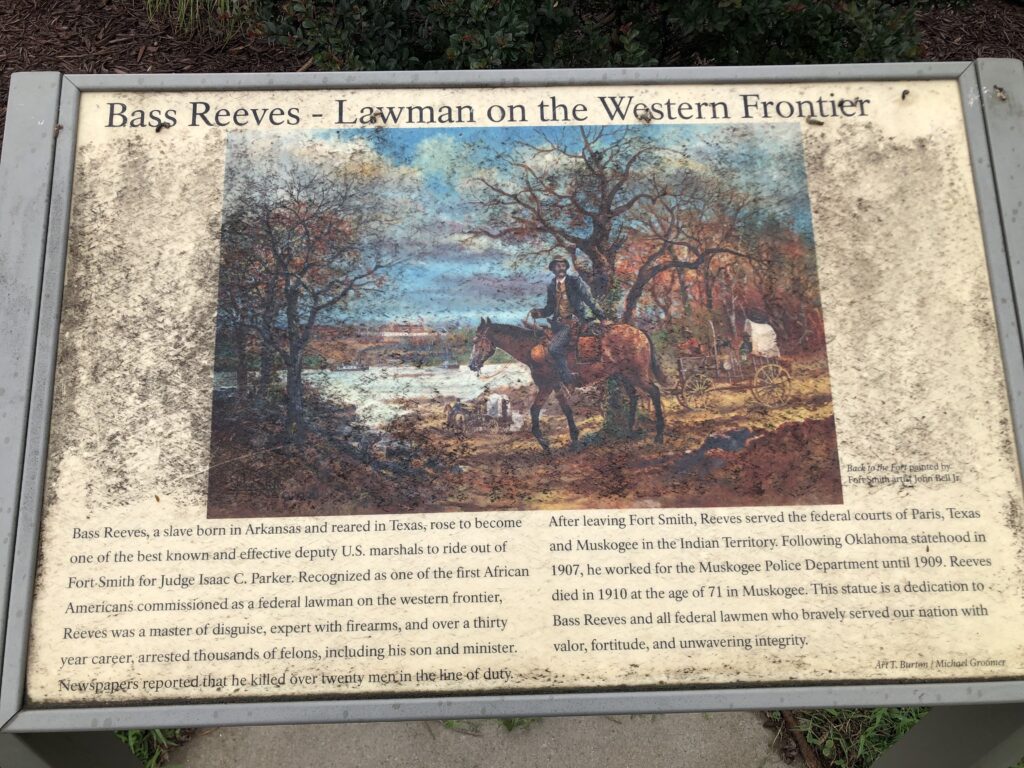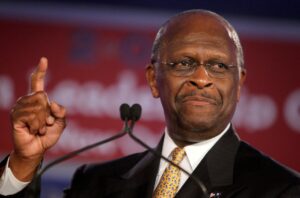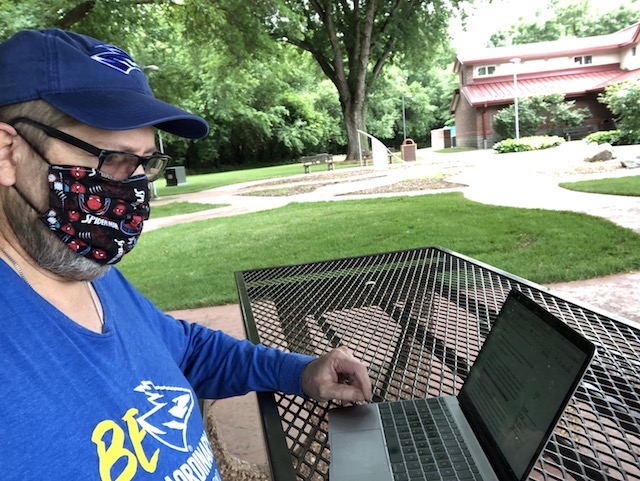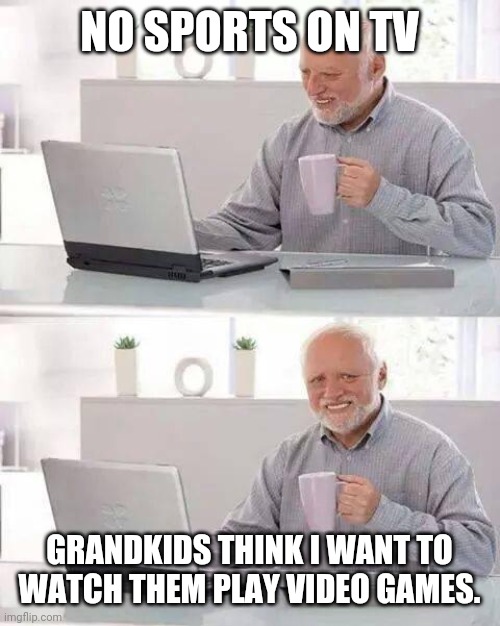Today’s guest blog post is from TCU journalism professor and media lawyer Chip Stewart who tweets as @MediaLawProf. He is the author of multiple books, including Media Law Through Science Fiction: Do Androids Dream of Electric Free Speech? Social Media and the Law, Second Edition; and The Law of Public Communication, 11th Edition. Prof. Stewart was kind enough to give us a basic legal analysis of President Trump’s executive order on free speech and social media.
By Chip Stewart
As a general rule, the president cannot undo acts of Congress or judicial decisions through executive orders. And yet, that’s exactly what President Trump appears to be trying to do with his “Executive Order on Preventing Online Censorship” that he signed Thursday.
University of Miami law professor Mary Anne Franks called it “exactly as opportunistic, constitutionally illiterate, Orwellian, and deliberately designed to distract from Trump’s atrocities as one might expect.”
Now, just because the order is for the most part laughably unconstitutional doesn’t mean it can’t cause some problems. I’ll talk about those below. First, I wanted to walk through what the act says it’s trying to do.
Of course, Trump’s order came after Twitter decided it would add a fact check to a couple of his tweets that, as Twitter CEO Jack Dorsey noted, pushed false information about voter fraud and absentee ballots. Trump frames this is an act of censorship – “Online platforms are engaging in selective censorship that is harming our national discourse” – while conveniently ignoring that the executive order is literally an act of censorship, using government power to force private companies to host content they find repugnant. Putting a fact check on a tweet isn’t censorship. Shutting down Twitter because the president doesn’t like their actions is.
Let’s look at the text of the order. It basically has four main parts.
Section 1: Announcing a policy against online censorship and political bias by platforms such as Twitter, Facebook, Instagram and YouTube. With references to unfairness by Twitter in fact checking the president’s tweets without doing the same for the “Russian Collusion Hoax” and the “Chinese Communist Party.” This is standard political posturing and background, why the order is being signed.
Section 2: Reinterpreting Section 230 of the Communications Decency Act of 1996 to mean something different than its authors or decades of judicial decisions have said it means. Law professor Jeff Kosseff wrote a fantastic book about CDA Sec. 230, The Twenty-Six Words That Created the Internet, making the case that the modern web, including social media, would not have come into being without the protections against liability the act provides. In short, Sec. 230 says that interactive computer services, such as Web hosts, sites, and platforms, are not legally responsible for the acts of their users. So if a user posts something libelous on your website, whoever is harmed can’t sue you; they should just sue the user.* Those are the 26 words in Sec. 230(c)(1). That’s not really touched by the executive order.
Instead, the order goes after Sec. 230(c)(2), which provides Good Samaritan protections for platforms that take down things, shielding them from liability. The point of this subparagraph was to encourage web hosts to engage in content moderation, knowing that they would not be liable for taking stuff down if the host found it to be “obscene, lewd, lascivious, filthy, excessively violent, harassing, or otherwise objectionable, whether or not such material is constitutionally protected.” The law says that any actions to take down stuff “voluntarily taken in good faith” are protected. The executive order attempts to twist this, saying that “good faith” is not met when a platform takes down things when they are “deceptive or pretextual,” meaning that when the government doesn’t agree with how they are done and believes they are the victims of the decisions to moderate.
Courts haven’t interpreted the law this way, instead reading the Good Samaritan provision to give broad discretion to websites, hosts, and platforms to moderate content however they like. As Will Duffield said on a blog post for the Cato Institute, this seems to “slyly misunderstand Section 230, reading contingency into its protections.”
Nevertheless, this section calls for the FCC to engage in rulemaking to “clarify” what Sec. 230’s language on “good faith” means. Democratic FCC commissioner Jessica Rosenworcel said this was unworkable and “would turn the Federal Communications Commission into the president’s speech police.” Brendan Carr, a Trump appointee to the FCC, said the order was “welcome news” and looks forward to taking action.
Section 3: Directs federal agencies to review how they spend money on online platforms “that restrict free speech.” Basically, an agency can decide to stop paying for services on those platforms if they choose.
Section 4: Directing the Federal Trade Commission to “consider taking action” against online platforms are engaging in “unfair or deceptive acts or practices.” In short, this tries to tell the FTC to investigate Twitter for “restricting protected speech,” something that’s not real (the First Amendment doesn’t apply to Twitter, a private company) and something the president really doesn’t have the power to do.
Section 5. Calls for Attorney General Barr to work with state attorneys general to review online platforms for engaging in similar “unfair or deceptive acts or practices.”
In summary, it’s a lot of words that will have little actual effect. The president can’t alter acts of Congress such as CDA Sec. 230 by executive order, nor can he undo decades of federal court precedent interpreting Sec. 230 to give platforms such as Facebook, Google and Twitter extremely broad protections from civil lawsuits by people upset at how they run their platforms. Don’t like your Google search results? Don’t like what someone said about you on Facebook? Don’t like your tweets being fact checked? Too bad, because you can’t sue the platforms about that. Sec. 230 provides broad discretion to engage in moderation without liability or government interference.
In fact, the federal appeals court for the District of Columbia Circuit found exactly that the day before the order was issued, upholding the dismissal of a lawsuit by Laura Loomer and Freedom Watch against Google, Facebook, Twitter, and Apple in which they alleged that they “conspired to suppress conservative political views.” Under Sec. 230, these were found not to be “colorable legal claims.”
That said, even if much of the executive order is nonsensical or otherwise outside any normal way of thinking about how the law works, that doesn’t mean it won’t have any effects.
The first thing it does is rally the president’s base, including his political supporters in Congress and the courts, feeding the grievance they’ve long felt, claiming discrimination by platforms that shut down accounts of their fellow travelers such as Alex Jones and Laura Loomer.
Also, and perhaps more worrisome, is that this executive order gives some cover to judges, legislators, and investigators to begin harassing Twitter and any other platform that crosses the president and his supporters. It’s not illegal for the Senate to call hearings and to drag Jack Dorsey in to testify. If a conservative activist can find a friendly federal court, preferably one with a Trump appointee sitting as judge, they might be able to get their otherwise meritless lawsuit past the easy dismissal stage based on a novel interpretation of Sec. 230 endorsed by the president himself.
Most concerning of all is that the Supreme Court has never ruled on the meaning of Sec. 230. The precedent of the last 20 years has been developed in the district and circuit courts, creating a shared and common interpretation of what the Good Samaritan protections mean, based on clear legislative intent. Sen. Ron Wyden, who coauthored CDA Sec. 230 back in 1996, knows that it was intended to protect exactly the kind of moderation the president is trying to outlaw here. Wyden called the executive order “plainly illegal,” going on to say, “let me make this clear – there is nothing in the law about political neutrality.”
But all it takes is five justices deciding that those interpretations were wrong – and this is a court that does not care at all about legislative intent. Instead, it feels completely comfortable undoing decades of precedent by using the dictionary only to divine meaning of legislative acts. Just last year, the Supreme Court undid decades of precedent on Freedom of Information Act Exemption 4 to redefine the word “confidential” based on the dictionary rather than what courts had interpreted to mean, thus allowing private companies doing government work to shield release of their records.
It would certainly cause more widespread upheaval to federal law to undo what courts have agreed the law is on CDA Sec. 230. But the Roberts court hasn’t been shy about doing this before. And now, with this executive order signed by the president and hailed by his allies, they may have the political cover to remake the law the way conservatives would like.
* For what it’s worth, my favorite case about this is DiMeo v. Max, in which an heir to a blueberry fortune threw such a bad party that people went to Tucker Max’s website to make fun of him for it; the guy sued Tucker Max, and the court rightfully dismissed the action under Sec. 230, finding Max to be a web host.

